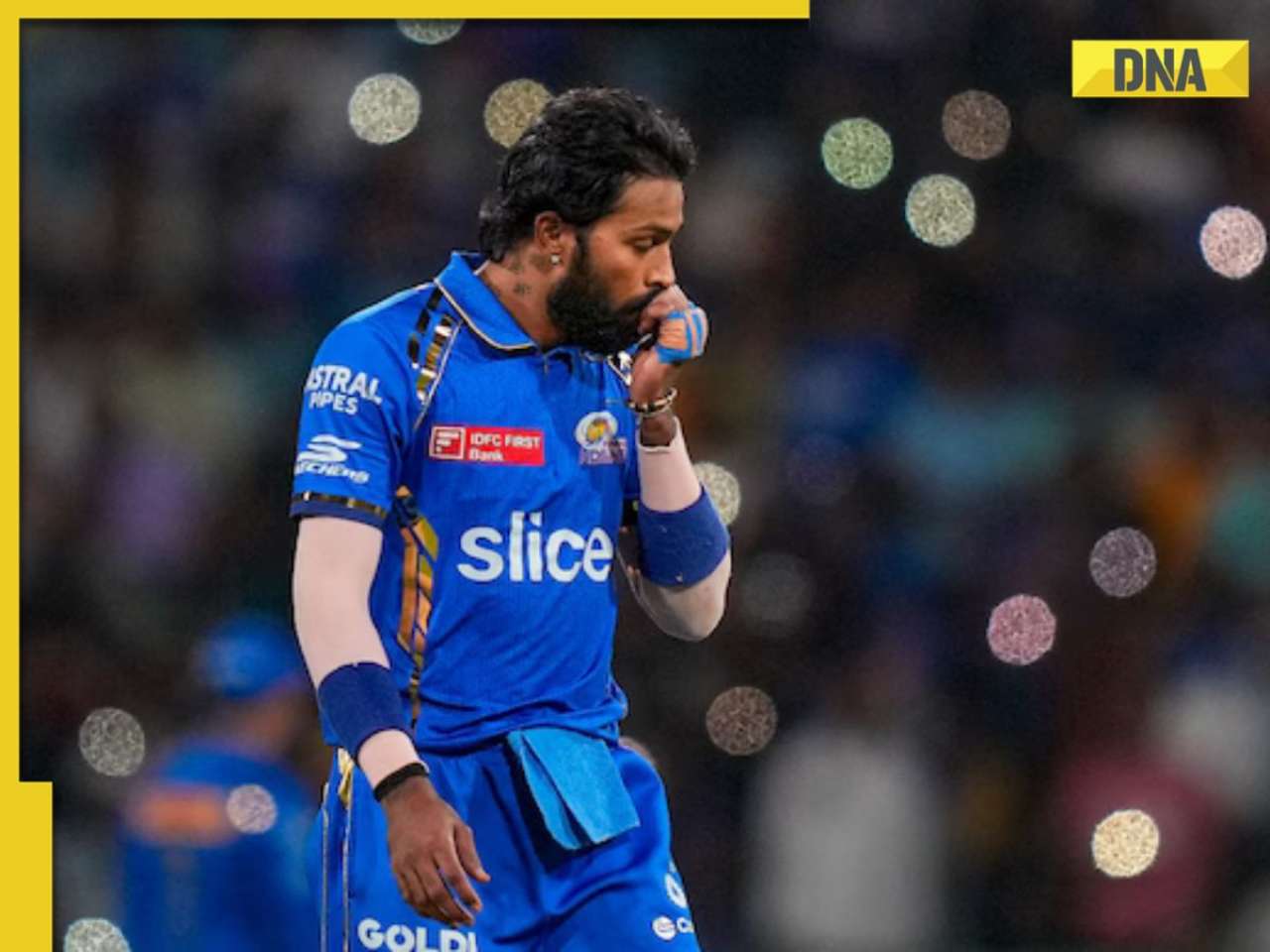There’s a lot more to angling than just casting the line and waiting for the fish to bite, but it makes for a wonderful pastime even if all that you catch is smiles from the locals
There's a lot more to angling than just casting the line and waiting for the fish to bite, but it makes for a wonderful pastime even if all that you catch is smiles from the locals
Vikram Sundarji
Be warned that you never catch fish in Goa. You always 'remove' them. "How many fish you remove men?" is the question you will be asked when local people come upon you fishing.
Be warned also that though almost everyone Goan is an angler of sorts, very few catch anything interesting these days. There are too few fish left thanks to indiscriminate trawling in the sea and gill netting in the rivers. The only anglers who consistently come back with big fish are those who know when, where and what to fish.
Bara Sahibs used to catching trout and mahaseer with spinning tackle in rivers and lakes are unlikely to get very far with coastal fishing in the monsoon if they just toddle off with their expensive artificial baits and rods and reels, and let fly in the hope that something will take. There ain't no pools here where you can always be sure you'll get a bite.
The first rule of successful coastal fishing is live bait. The best bait for rock and estuary fish are: live fresh water cray fish (local name phonetically spelt: poeting); live worms (local name: zhoni); live fresh water minnows, especially black spots (local name: peetoee); live soft shell crab and live grey mullet. If you are an out-of-towner you're best bet is to catch a bucket full of black spots using a very small hook baited with dough. Just pick any small paddy field stream or river for this bait catching if you visit soon after the monsoon. (Later in the year it is easier to try and procure live gray mullet from a throw net fisherman.)
Once you have your bait swimming around in a jerry can, the clock starts ticking. You've got to get them to somewhere where you can fish them before they turn belly up on you. (Unless you have an oxygen pump specially designed for this purpose. Now that's a bit of fancy equipment I would not scoff at.)
Mullet can be fished in the open sea, but the best places to fish fresh water live bait are jetties and rocky coves along rivers just a bit behind the point where they meet the ocean. During the monsoon the water is fresh enough for fresh water live bait to survive for a while.
Big full and new moon tides are the best times to fish. You don't have to cast miles out. Just let the live bait play around in likely places. (Hook the bait fish lightly through the tail or just under the dorsal fin.)
The next step is to catch a big fish. They don't hook themselves as in spinning and trolling. When you use live bait it helps to let the line run lightly through your fingers so you keep contact with it. If you have only fished in inland lakes and rivers before, you are likely to keep jumping with excitement in the beginning, because the currents are generally a bit tougher to read close to the sea and can often fool the uninitiated. But don't worry, you'll know when a fish takes your bait and moves off with it.
This is an exciting moment and you have to keep your cool. I first let the line run out with as little friction as possible. Then tighten up and strike upward to drive the hook in. Too early and you snatch the bait right out. Too late and the fish might spit out the hook after having eaten the bait. How long you wait depends on what type and size of live bait you have on and what fish you think has taken it. But don't worry. Luck also plays an important part and you can get it all wrong and still hook the fish.
The kind of tackle used for 30-60 lb mahaseer should see you through against a fair-sized estuary fish. The commonest catches with live bait are barramundi (chonak), red snappers (tambushi), and miscellaneous rock fish including groupers (gobro). Occasionally you hook an Indian salmon (rawas) and land him if you have a decent leader tied on. Basically it's a good idea to have a thick leader even for relatively small rock fish because they have sharp teeth and will say hullo and goodbye faster than you can blink. (Unfortunately some rock fish like the delicious but finicky pallu don't take kindly to thick leaders, so play it by ear if the action levels are low.)
Finally, it's a good idea to carry a fair size gunny bag with you when you go fishing in Goa. Goans are a very hospitable people, but the one thing which can really bug them is to see an out-of-towner walking away with a 25 pound barramundi under his arm. So don't be too flashy about the fish you 'remove' from Goan waters if you want to make a regular habit of it.
Angling in Mumbai
The Maharashtra State Angling Association
Website: http://members.tripod.com/MSAAPowai/
The association offers a variety of membership options - Corporate, Individual, Life and Visiting Temporary Membership.
Craig Jarvis Club
It's all about deep sea angling, where like-minded individuals trawl the waters from Mumbai to Goa.
Contact: 24128433
Fishing in Goa
Taj Aguada Ramparts. (Use dead bait like prawns, sardine, calamari or mackerel here if you can't get hold of live mullet.)
Baga River (Use fresh water minnows or live Cray fish.)
Chapora River Jetty and just off Shiva Temple rocks. (Use fresh water minnows or Cray fish here.)
Tiracol Fort Area (Use fresh water minnows in the river and mullet in the sea. Also ask for Gregory the waiter at the Tiracol heritage resort if you stay there. He can show you how to fish for a rock fish called Banushee which runs in the monsoon with seaweed bait and a float!)
Mango Jungle Fishing Lodge (just over the border in Maharashtra): This is not open in the monsoon months, but a good place during the tourist season for barra sahib fishing with plastic bait trolled from boats. Very big fish are taken here. And fish are abundant.
![submenu-img]() This singer helped BCCI when it had no money to award 1983 World Cup-winning Indian cricket team, raised 20 lakh by...
This singer helped BCCI when it had no money to award 1983 World Cup-winning Indian cricket team, raised 20 lakh by...![submenu-img]() Virat Kohli’s new haircut ahead of RCB vs CSK IPL 2024 showdown sets internet on fire, see here
Virat Kohli’s new haircut ahead of RCB vs CSK IPL 2024 showdown sets internet on fire, see here![submenu-img]() BCCI bans Mumbai Indians skipper Hardik Pandya, slaps INR 30 lakh fine for....
BCCI bans Mumbai Indians skipper Hardik Pandya, slaps INR 30 lakh fine for....![submenu-img]() 'Justice must prevail': Former PM HD Deve Gowda breaks silence in Prajwal Revanna case
'Justice must prevail': Former PM HD Deve Gowda breaks silence in Prajwal Revanna case![submenu-img]() India urges students in Kyrgyzstan to stay indoors amid violent protests in Bishkek
India urges students in Kyrgyzstan to stay indoors amid violent protests in Bishkek![submenu-img]() Meet IIT graduates, three friends who were featured in Forbes 30 Under 30 Asia list, built AI startup, now…
Meet IIT graduates, three friends who were featured in Forbes 30 Under 30 Asia list, built AI startup, now…![submenu-img]() Meet woman who cracked UPSC in fourth attempt to become IAS officer, secured AIR...
Meet woman who cracked UPSC in fourth attempt to become IAS officer, secured AIR...![submenu-img]() Meet IIT JEE 2024 all-India girls topper who scored 100 percentile; her rank is…
Meet IIT JEE 2024 all-India girls topper who scored 100 percentile; her rank is…![submenu-img]() Meet PhD wife of IIT graduate hired at Rs 100 crore salary package, was fired within a year, he is now…
Meet PhD wife of IIT graduate hired at Rs 100 crore salary package, was fired within a year, he is now…![submenu-img]() Meet woman not from IIT, IIM or NIT, cracked UPSC exam in first attempt with AIR...
Meet woman not from IIT, IIM or NIT, cracked UPSC exam in first attempt with AIR...![submenu-img]() DNA Verified: Is CAA an anti-Muslim law? Centre terms news report as 'misleading'
DNA Verified: Is CAA an anti-Muslim law? Centre terms news report as 'misleading'![submenu-img]() DNA Verified: Lok Sabha Elections 2024 to be held on April 19? Know truth behind viral message
DNA Verified: Lok Sabha Elections 2024 to be held on April 19? Know truth behind viral message![submenu-img]() DNA Verified: Modi govt giving students free laptops under 'One Student One Laptop' scheme? Know truth here
DNA Verified: Modi govt giving students free laptops under 'One Student One Laptop' scheme? Know truth here![submenu-img]() DNA Verified: Shah Rukh Khan denies reports of his role in release of India's naval officers from Qatar
DNA Verified: Shah Rukh Khan denies reports of his role in release of India's naval officers from Qatar![submenu-img]() DNA Verified: Is govt providing Rs 1.6 lakh benefit to girls under PM Ladli Laxmi Yojana? Know truth
DNA Verified: Is govt providing Rs 1.6 lakh benefit to girls under PM Ladli Laxmi Yojana? Know truth![submenu-img]() Kiara Advani stuns in Prabal Gurung thigh-high slit gown for her Cannes debut, poses by the French Riviera
Kiara Advani stuns in Prabal Gurung thigh-high slit gown for her Cannes debut, poses by the French Riviera![submenu-img]() Heeramandi star Taha Shah Badussha makes dashing debut at Cannes Film Festival, fans call him ‘international crush’
Heeramandi star Taha Shah Badussha makes dashing debut at Cannes Film Festival, fans call him ‘international crush’![submenu-img]() Streaming This Week: Madgaon Express, Zara Hatke Zara Bachke, Bridgerton season 3, latest OTT releases to binge-watch
Streaming This Week: Madgaon Express, Zara Hatke Zara Bachke, Bridgerton season 3, latest OTT releases to binge-watch![submenu-img]() Sunanda Sharma exudes royalty as she debuts at Cannes Film Festival in anarkali, calls it ‘Punjabi community's victory’
Sunanda Sharma exudes royalty as she debuts at Cannes Film Festival in anarkali, calls it ‘Punjabi community's victory’![submenu-img]() Aishwarya Rai walks Cannes red carpet in bizarre gown made of confetti, fans say 'is this the Met Gala'
Aishwarya Rai walks Cannes red carpet in bizarre gown made of confetti, fans say 'is this the Met Gala'![submenu-img]() Haryana Political Crisis: Will 3 independent MLAs support withdrawal impact the present Nayab Saini led-BJP government?
Haryana Political Crisis: Will 3 independent MLAs support withdrawal impact the present Nayab Saini led-BJP government?![submenu-img]() DNA Explainer: Why Harvey Weinstein's rape conviction was overturned, will beleaguered Hollywood mogul get out of jail?
DNA Explainer: Why Harvey Weinstein's rape conviction was overturned, will beleaguered Hollywood mogul get out of jail?![submenu-img]() What is inheritance tax?
What is inheritance tax?![submenu-img]() DNA Explainer: What is cloud seeding which is blamed for wreaking havoc in Dubai?
DNA Explainer: What is cloud seeding which is blamed for wreaking havoc in Dubai?![submenu-img]() DNA Explainer: What is Israel's Arrow-3 defence system used to intercept Iran's missile attack?
DNA Explainer: What is Israel's Arrow-3 defence system used to intercept Iran's missile attack?![submenu-img]() This singer helped BCCI when it had no money to award 1983 World Cup-winning Indian cricket team, raised 20 lakh by...
This singer helped BCCI when it had no money to award 1983 World Cup-winning Indian cricket team, raised 20 lakh by...![submenu-img]() This film had 3 superstars, was unofficial remake of Hollywood classic, was box office flop, later became hit on...
This film had 3 superstars, was unofficial remake of Hollywood classic, was box office flop, later became hit on...![submenu-img]() Meet Nancy Tyagi, Indian influencer who wore self-stitched gown weighing over 20 kg to Cannes red carpet
Meet Nancy Tyagi, Indian influencer who wore self-stitched gown weighing over 20 kg to Cannes red carpet![submenu-img]() Telugu actor Chandrakanth found dead days after rumoured girlfriend Pavithra Jayaram's death in car accident
Telugu actor Chandrakanth found dead days after rumoured girlfriend Pavithra Jayaram's death in car accident![submenu-img]() Meet superstar who faced casting couch at young age, worked in B-grade films, was once highest-paid actress, now..
Meet superstar who faced casting couch at young age, worked in B-grade films, was once highest-paid actress, now..![submenu-img]() Viral video: Flood-rescued dog comforts stranded pooch with heartfelt hug, internet hearts it
Viral video: Flood-rescued dog comforts stranded pooch with heartfelt hug, internet hearts it![submenu-img]() Dubai ruler captured walking hand-in-hand with grandson in viral video, internet can't help but go aww
Dubai ruler captured walking hand-in-hand with grandson in viral video, internet can't help but go aww![submenu-img]() IPL 2024: Virat Kohli drops massive hint on MS Dhoni’s retirement plan ahead of RCB vs CSK clash
IPL 2024: Virat Kohli drops massive hint on MS Dhoni’s retirement plan ahead of RCB vs CSK clash![submenu-img]() Do you know which God Parsis worship? Find out here
Do you know which God Parsis worship? Find out here![submenu-img]() This white marble structure in Agra, competing with Taj Mahal, took 104 years to complete
This white marble structure in Agra, competing with Taj Mahal, took 104 years to complete


























































)
)
)
)
)
)